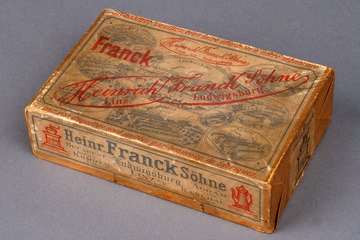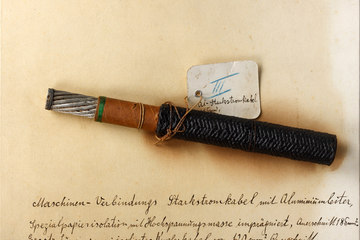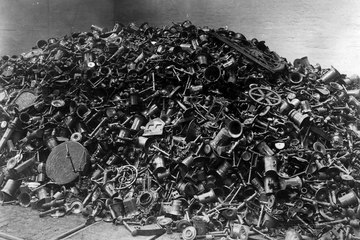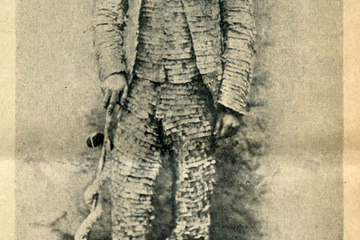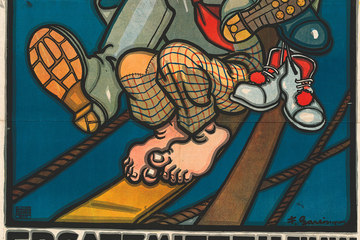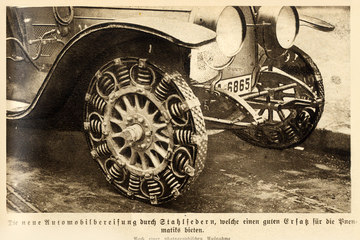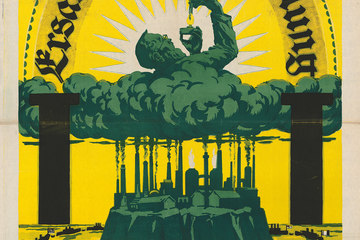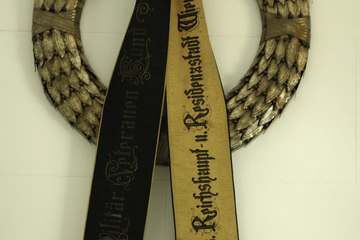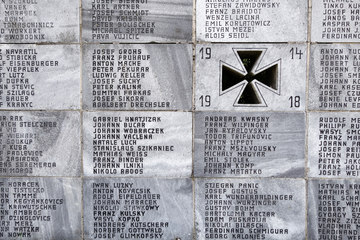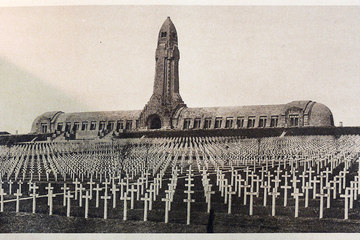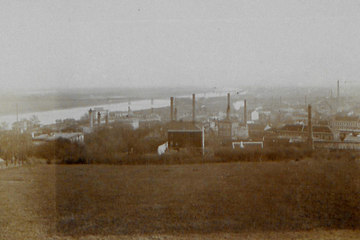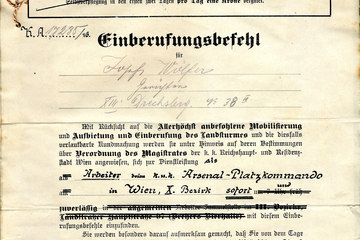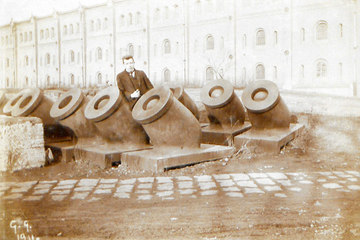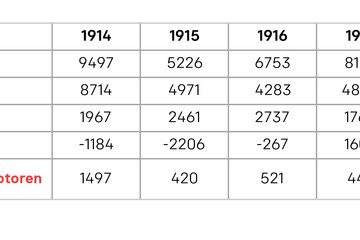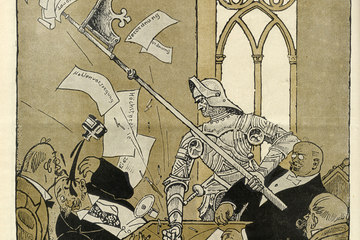The First World as the ‘Original Catastrophe’ – Narrative I
There is probably hardly any other phrase which is mentioned more often in Austria and Germany in connection with the First World War than ‘original catastrophe’. The term is derived from the words of the George F. Kennan, an American historian and diplomat for the United States, who in 1979 spoke of ‘the great seminal catastrophe’. This was shortened in German translation to Urkatastrophe (original catastrophe), and this word has meanwhile become a frequently used narrative, but one which generally does not bear in mind its origin, meaning, and above all its effect.



